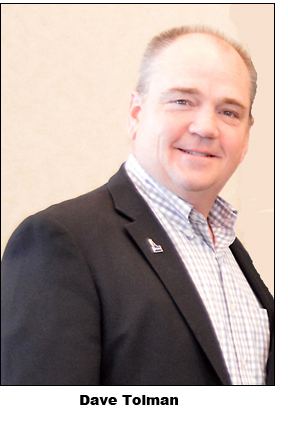

Innovation project helps improve safety, reduce congestion
on I-84 by combining funds
![]()
The challenge facing ITD was a familiar one — How to make improvements to a highway route fast enough to keep up with growth and demand? Staff came up with a new solution: Identify and combine funding sources to generate enough money to make needed improvements, and make them as fast as possible.
The highway that prompted the new approach is the section of Interstate 84 between Nampa and Caldwell. The level of congestion, as well as numerous crashes in the corridor, indicated safety improvements were needed. However, funding was insufficient to make investments that would make a difference.

Transportation department staff analyzed available funding sources, and in a way that would not limit them to a traditional use or traditional allocation across multiple transportation department districts.
The model they created involved committing two years of new congestion funds (TECM), which were used to leverage a new federal INFRA grant. They also committed one year of the surplus eliminator, which was also used to leverage a new federal INFRA grant. Additional funding sources include applying for an INFRA grant that could generate up to $90 million in new federal funds, committing $29 million in un-programmed state funds to the I-84 corridor, committing $3 million in un-approved cigarette tax to the corridor, utilizying debt service savings due to refunding and delaying future bonding by one year, and leveraging GARVEE bonding where needed.
“This is the first time that ITD has looked at the need to complete a corridor and consider all funding options to put toward a single project,” said ITD Controller Dave Tolman, who was part of the effort to identify funding sources. 
“We looked at the traditional state and federal funds, but then utilized the other options available provided by new sources approved by the Legislature. The combination of the new funding, traditional funding, and GARVEE bonds provided an approach that when presented to the board, was approved to move forward and improve the system for the traveling public.”
This model combines multiple funding streams with different requirements into a single corridor solution.
The intent is to use it for other highway corridors in the future to make needed improvements to those routes.
Using the new model, specific planned improvements to I-84 include adding additional lanes in each direction, a new interchange, new bridges and reconfiguring another interchange, Tolman said.
Published 08-17-18